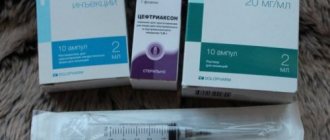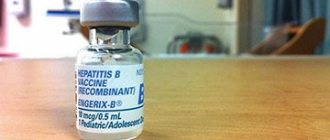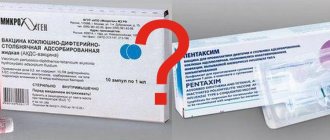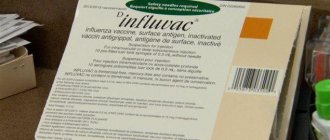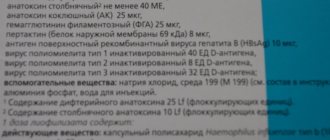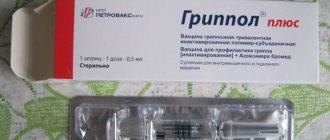Pharmacokinetics
K+ and Na+ ions do not remain in the vascular bed for long and are quickly distributed throughout all tissues of the body. They are excreted mainly by the kidneys, in small quantities through the intestines, sweat, tears, etc.
In the body, acetate is activated into acetyl-Coenzyme A, then the main amount of active acetate is completely oxidized in the Krebs cycle to carbon dioxide and water. The process of acetate oxidation occurs in muscle cells, so the body's ability to metabolize it mainly depends on lean body mass. The metabolism of acetyl-CoA can also follow a minor oxidation pathway to form fatty acids, keto acids and cholesterol.
Comparison of the effectiveness of Acesoli and Disoli
The effectiveness of Acesoli is quite similar to Disol - this means that the ability of the medicinal substance to provide the maximum possible effect is similar.
For example, if the therapeutic effect of Acesoli is more pronounced, then using Disol even in large doses will not achieve this effect.
Also, the speed of therapy - an indicator of the speed of therapeutic action - is approximately the same for Acesoli and Disoli. And bioavailability, that is, the amount of a drug reaching its site of action in the body, is similar. The higher the bioavailability, the less it will be lost during absorption and use by the body.
Contraindications
Hypersensitivity, hyperkalemia, alkalosis, chronic renal failure, the presence of contraindications to the introduction of large amounts of fluid into the body.
Carefully
Use with caution in patients with impaired renal excretory function.
Use during pregnancy and breastfeeding
It is possible if the expected effect of therapy in the mother exceeds the potential risk to the fetus and child (adequate and strictly controlled studies of the safety of use in pregnant and lactating women have not been conducted).
Similar solutions
If Acesol solution is contraindicated for a patient, the doctor prescribes medications with a similar mechanism of action.
Hlosol
The drug Chlosol, as well as Acesol, is used for intoxication of varying degrees of severity. The medicine thins the blood and prevents acidosis. Chlosol normalizes blood circulation in the capillaries, improves diuresis, and helps the body fight intoxication. The medicine can be prescribed for poisoning due to dehydration. Chlosol is used for diseases such as cholera and dysentery.
The drug contains the same active ingredients as Acesol. Chlosol has contraindications.
- It is not prescribed for allergies to specific components.
- Hyperkalemia is a contraindication.
- It is not recommended to use Chlosol for heart failure.
Rarely, the medicine causes tissue swelling and an increase in potassium levels in the blood. Doses are individual. Before use, the solution is slightly warmed. Chlosol is intended to restore water and electrolyte balance. If there are contraindications for use and adverse reactions, the doctor prescribes Disol. The recommended storage temperature for Chlosol is + 23 degrees.
Trisol
The next similar medicine is called Triol. It contains sodium and potassium chloride. The drug thins the blood, stimulates blood circulation in the capillaries, restores the activity of the cardiovascular system, as well as the kidneys. Trisol is designed to remove toxins from the body. The drug is used for intoxication of varying degrees of severity. It, like Acesol, can be prescribed to a patient who has been poisoned by food.
Popular The effectiveness of using the drug Acyclovir in injections
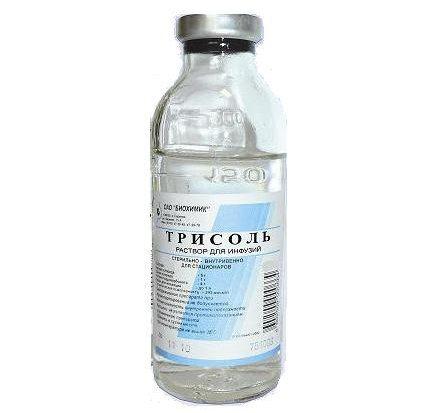
The active substances of the solution protect the body from dehydration and normalize water and electrolyte balance. The medicine is intended for intravenous administration. If an infectious-toxic disease accompanied by blood poisoning is diagnosed, the drug is administered in a stream, followed by a drip. Trisol restores the body after poisoning and dehydration. To prevent acidosis or oliguria, the doctor administers the solution by drop method over 3 hours.
Before use, the drug is heated to medium temperatures. Doses of Trisol are individual. The saline solution normalizes the water balance and replenishes the lack of fluid. If after using the drug the level of potassium in the blood increases, it is replaced with a similar solution. Trisol does not have side effects and also has no contraindications. It is recommended to store it at a temperature of + 23 degrees.
Disol
The medicine is intended for infusion use. Active components - sodium chloride improves blood circulation. Injection water acts as an auxiliary component. Disol is a combined remedy that restores water-salt balance. The medicine, like Acesol, is prescribed for intoxication and loss of large amounts of fluid. It normalizes general well-being in case of dehydration, also ensures the prevention of acidosis and restores diuresis. Indications include excess potassium in the blood and intoxication.
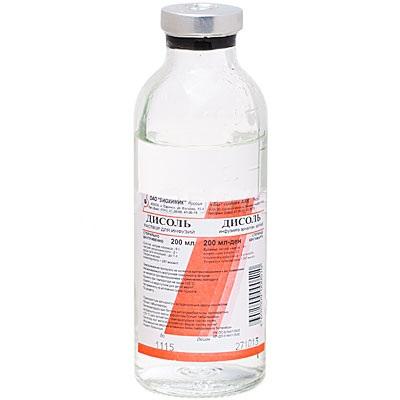
The medicine can be prescribed during pregnancy and lactation. If the patient has impaired renal function, Disol is used with caution. The solution is not prescribed to patients diagnosed with renal or heart failure. During treatment, the doctor monitors the level of electrolytes in the blood.
The drug is intended for intravenous administration. Doses are individual in each case. Before administering the solution, the doctor warms it up. Disol restores the volume of lost fluid. Overdose leads to increased levels of potassium and sodium in the blood. In this case, therapy is carried out, which involves the correction of disorders. Disol can have side effects: tachycardia and swelling.
Lactasol
The drug is used to restore the body after poisoning. It improves water-salt and acid-base balance, replenishes the lack of lost fluid. Lactasol solution contains lactate, as well as potassium, calcium, and chlorine. The drug is intended for intravenous administration. When entering the body, the active components are localized in the extracellular space and inside cells.
There are no contraindications to the drug. Lactasol is intended for intravenous jet or drip administration. If the patient experiences shock due to trauma, about 3 liters of solution is prescribed and administered intravenously. If the drug has a positive effect and improves the patient’s condition, the solution is administered by drop method. Lactasol can be used in severe shock. In this case, it is combined with plasma. Doses are individual, usually 1.5 liters per day.
Popular No chance for high fever with lytic injection
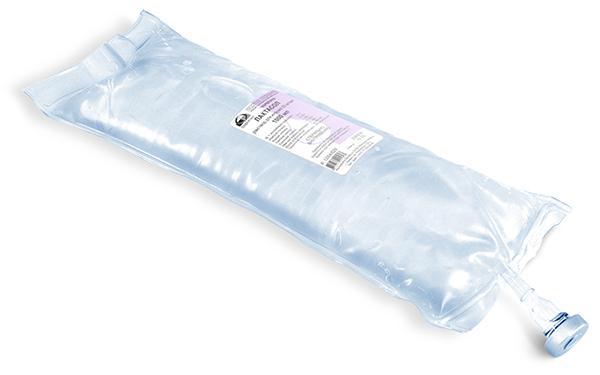
Indication for use is burn pathology. The drug is prescribed for significant burns, when the body is 15% affected, the dosage is from 1 to 3 liters per day. In burn diseases, there is a lack of plasma volume, and the patient's blood pressure is reduced. In this case, the drug is combined with albumin. Lactasol, an analogue of Acesol, is prescribed after peritonitis. The drug is administered for 3 days, combined with blood or plasma. The doctor prescribes a dosage of 2-3 liters per day. Just like Acesol, Lactasol is used for water-electrolyte imbalance. Indications for use are:
- dysentery;
- colitis;
- intestinal paresis.
The dosage is 1.5 per day. Lactasol, separately from other drugs, is used when losing a large amount of blood. The medicine is intended to normalize acid-base and water-electrolyte balance. Indications for use are also compensation of metabolic acidosis. If the acidosis is moderate, the doctor prescribes 500 ml of solution. Deep acidosis requires administration of a larger amount of the drug.
Side effects of the medicine
Just like acesol and its other analogues, the medicine can have side effects. These include weakened immunity, swelling, and allergic reactions. In severe situations, an anaphylactic state occurs. To avoid side effects, the doctor observes the speed of administration of the drug.
If the Acesol solution is administered too quickly, swelling occurs, then symptomatic treatment is prescribed. Side effects associated with fast vision include hyperkalemia. With this disease, muscle weakness appears, paralysis and dysfunction of the cardiovascular system are possible. In severe cases, confusion occurs. In case of such disorders, the doctor stops administration. If a large amount of calcium enters the blood, anorexia develops, nausea, vomiting, and muscle and abdominal pain appear.
If you take Acesol for a long time, you need to monitor the patient's reaction. It is important to promptly identify side effects and monitor plasma electrolyte concentrations. Intravenous use may result in solution overload resulting in pulmonary edema. Lactasol contains sodium ions. If the patient has renal or heart failure, the solution should be taken with caution. Self-treatment is unacceptable!
Lactasol is often prescribed to patients who have contraindications to both Disol and Acesol. The medicine contains many active substances and has a wider spectrum of action. The drug is stored at optimal humidity levels and temperatures up to +25 degrees. Before use, it is warmed up to human body temperature. Now we know what Acesol dropper is for and what analogues this medicine has.
special instructions
Treatment is carried out under the control of hematocrit and blood electrolyte concentrations.
If hyperkalemia develops, the drug is replaced with Disol solution until the electrolyte balance is normalized.
No studies have been conducted to assess the effect of the drug on the ability to drive vehicles and engage in other potentially hazardous activities that require increased concentration and speed of psychomotor reactions.
In general, during dehydration, the introduction of special solutions orally is indicated, and only if such administration is impossible (uncontrollable vomiting, severe degree of dehydration, severity of the general condition, etc.), the drug is administered parenterally.
Comparison of the safety of Acesoli and Disoli
The safety of a drug includes many factors.
At the same time, Acesoli’s is quite similar to Disol’s. It is important where the drug is metabolized: drugs are excreted from the body either unchanged or in the form of products of their biochemical transformations. Metabolism occurs spontaneously, but most often involves major organs such as the liver, kidneys, lungs, skin, brain and others. When assessing metabolism in Acesoli, as well as in Disoli, we look at which organ is the metabolizing organ and how critical the effect on it is.
The risk-benefit ratio is when the prescription of a drug is undesirable, but justified under certain conditions and circumstances, with the obligatory observance of caution in use. At the same time, Acesoli does not have any risks when used, just like Disol.
Also, when calculating safety, it is taken into account whether only allergic reactions occur or possible dysfunction of the main organs. In other matters, as well as the reversibility of the consequences of using Acesoli and Disoli.
Directions for use and doses
The drug is used only for moderate and severe conditions when it is impossible to take oral rehydration solutions, administered intravenously (1-3 hours).
Before administration, the solution is heated to 36-38 °C. The volume of the injected solution is selected individually, in the amount necessary to restore the water-electrolyte balance (in severe forms of the disease, the solution is administered in a stream within 1 hour in an amount corresponding to 7-10% of the patient’s body weight; then the stream administration is replaced by a drip, at a speed of 40-120 drops/min (24-48 hours)), under the control of laboratory parameters.
The balance of fluid introduced and lost is determined every 6 hours. The total amount of solution administered should correspond to the volume of fluid excreted in feces, vomit, urine and sweat.
Side effect
Edema, tachycardia, chills, hyperkalemia.
Overdose
Symptoms In patients with chronic kidney disease or any disease that impairs the excretion of potassium from the body, or if the drug is administered too quickly intravenously, hyperkalemia may develop, which can potentially be fatal. Early clinical manifestations of hyperkalemia (sharpening of the P wave, disappearance of the U wave, lowering of the ST segment, and prolongation of the QT interval) usually appear at serum potassium concentrations of 7 to 8 mEq/L. More severe symptoms (including muscle paralysis and cardiac arrest) develop at potassium concentrations of 9-10 mEq/L. It should be borne in mind that hyperkalemia, which can be fatal, can develop quickly and be asymptomatic.
Treatment: discontinuation of the drug; in case of hyperkalemia, the drug is replaced with Disol solution until the electrolyte balance is normalized. If necessary, hemodialysis and peritoneal dialysis are performed.
Mechanism of action
The drug is most often used in hospitals and intensive care units. Often, its use begins with the provision of emergency care to patients by ambulance personnel. Acesol has several effects at once, these are:
- detoxification;
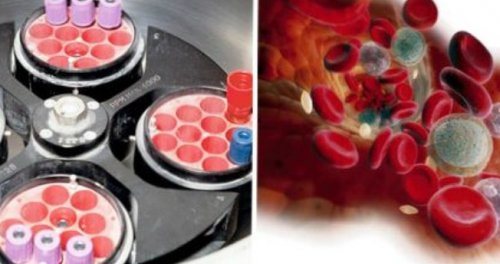
- rehydrating (replenishes fluid deficiency);
- plasma-substituting;
- anti-shock;
- antiaggression;
- diuretic.
Once in the bloodstream, Acesol cleanses the blood of metabolites of pathogenic microorganisms, toxins and breakdown products of medications. Under the influence of the medicine, blood microcirculation is activated, metabolic processes are improved, and blood thickening is prevented.
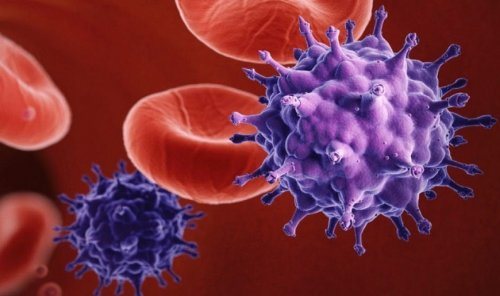
At the same time, diuresis increases, which accelerates the removal of pathogenic elements from the body.
The use of Acesol against the background of hypovolemia reduces the risk of blood clots in large main vessels by 30%.
Potassium and sodium ions, which form the basis of the drug, do not remain in the systemic circulation for long. Leaving the bloodstream, they are distributed in soft tissues, then neutralized by the kidneys and excreted naturally - with urine.



